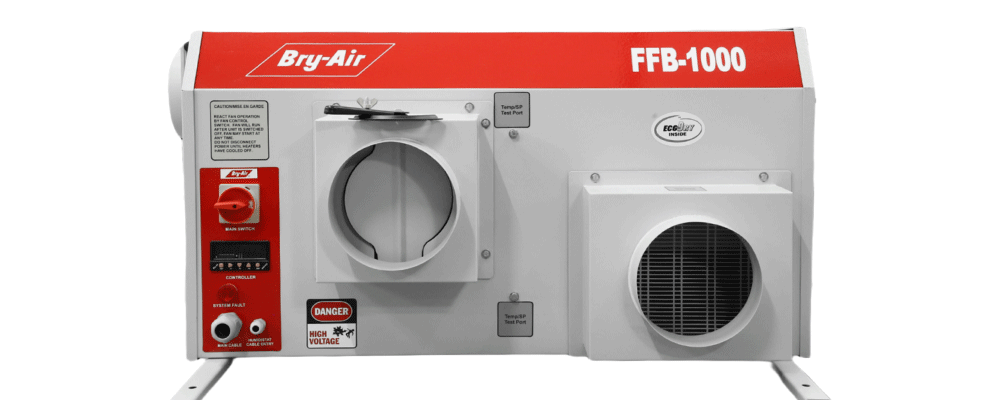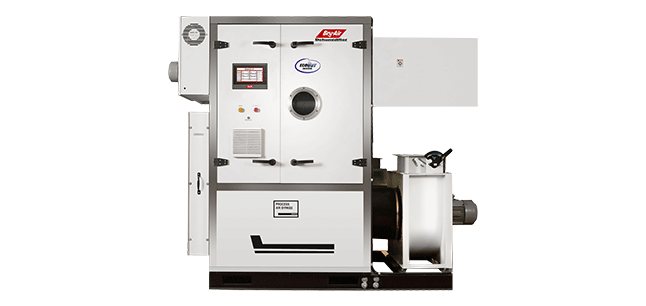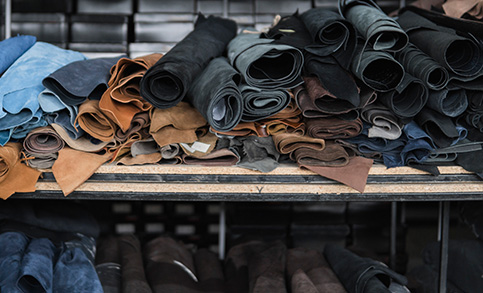Leather industry is evolving and adapting its methods to be counted as a sustainable fashionable product. The finished leather products are known for long-lasting characteristic. However, the raw material used in a leather item is not long-lasting as it attracts microorganisms, since the waste product of slaughterhouses and meat processing units is turned into shining leather products at leather tanneries.
In tanneries, in the various stages of processing/curing phase, colouring and finishing the moisture level has to be maintained to prevent microbial growth. Since leather is highly hygroscopic, and it tends to absorb moisture from the surrounding air during packaging, storage and shipping. During processing, when leather is exposed to the surrounding air, the porous surface of leather makes it highly susceptible to mildew buildup in humid climates. Mould, mildew and fungi germinate when relative humidity is above 40%.
Some of the common problems that tanneries and leather industry face are:
Once mould and bacteria grow on the product then cleaning will only remove the visual effect but structural defects aren’t easily rectified. The Finished leather products regain moisture while in storage, prior to packaging. This result in the high rate of product spoilage due to mould/ fungus/ mildew growth fueled by moisture absorbed by the leather. In order to prevent this spoilage, it is necessary to store the leather in humidity-controlled warehouses where conditions are maintained at less than 40% RH at ambient temperature. This prevents leather from regaining moisture and thus, growth of mould, mildew and fungus are reduced.
The only way to prevent fungus growth is to ensure that the leather does not regain any moisture during packaging. The best, most simple and economical method is Dehumidification. Control the humidity at less than 40% RH in the packing area. Moreover, unhygienic environments don’t provide breathing air to leather.
During shipping, temperature fluctuations due to land and sea breeze cause irreparable harm to the leather consignments. As temperature comes down, the moisture condenses over the leather goods, providing ideal condition for fungal growth on the surface of leather goods.
While there are mechanical means for removing mould from leather, the process itself is time consuming. In certain instances, such as leather being shipped, delay can prove costly as the damage done is beyond repair. The best alternative is maintaining the required environmental conditions that forestall mould and mildew growth during leather storage and packaging. Leather that is stored and packed dry, stays dry.
A dry and well-ventilated environment prevents the incidence of leather mildew and mould growth occurring in the first place. Installing dehumidifiers in the leather storage and packaging areas and ensuring dehumidified conditions prior to shipping will ensure fewer rejections.

The powder coated, CNC fabricated compact desiccant dehumidifiers (FFB series 170-4500 CMH) are lightweight and can be installed above the false ceiling.

For complete air handling and environment control needs (ranging from 2,500 CMH to 25,000 CMH)


Excess moisture in the leather industry leads to issues like loss of sheen, bad odour, stains, mould growth, and structural damage.




